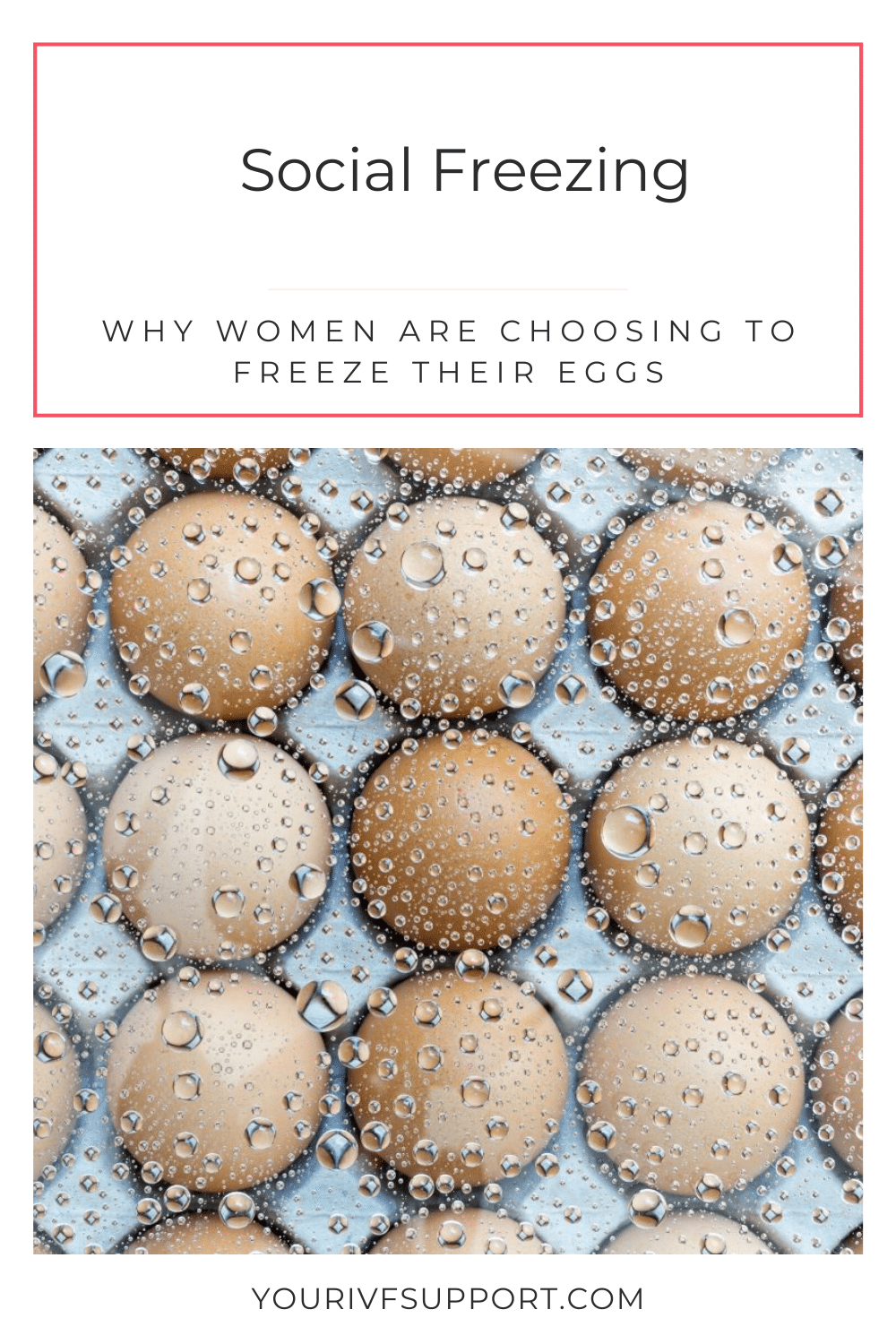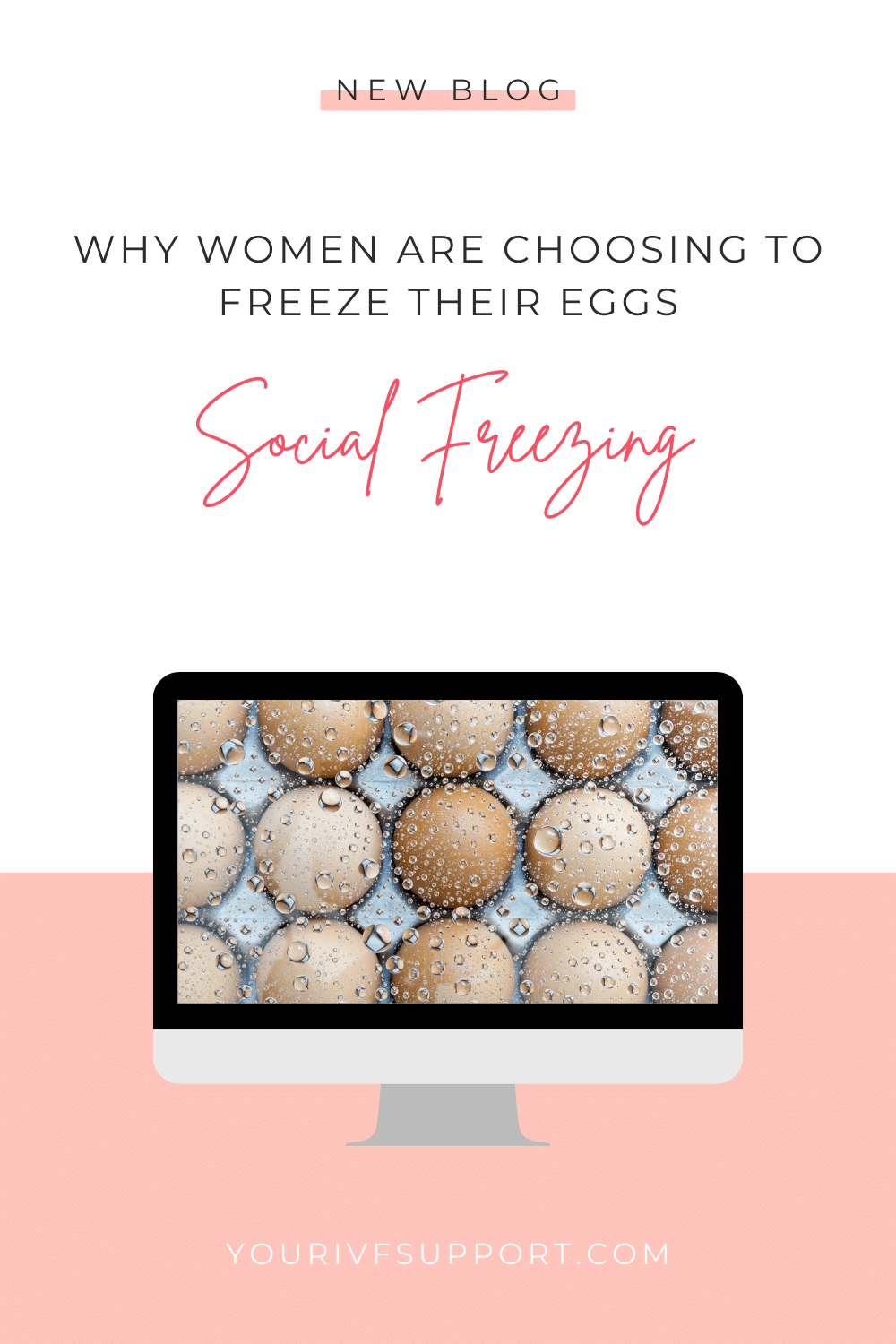Whether it is the prospect of a promising career or a longer search for personal happiness. The reasons for social freezing are as varied as the women who use it. But they all have one thing in common: the desire to become a mother one day.
Do you also need to put your family planning on hold indefinitely? Then social freezing could be an option for you to fulfil your personal wish to have a child.
What is social freezing?
Social freezing is the process of freezing eggs as a precaution for a future pregnancy. Unfertilised eggs are frozen for an extended period of time so that they can be thawed, fertilised and placed in the womb when the time is right.
In essence, social freezing is nothing more than cryopreservation. This form of egg storage has been used for years by young cancer patients who want to have children. The difference with social freezing is that conventional cryopreservation is only done when it is medically necessary.
Social freezing is also used by healthy women. The aim of this method is to outwit the biological clock and make pregnancy possible at a later stage in life. Social freezing is therefore a targeted life planning method for independent women.
Why does social freezing make biological sense?
As you probably know, a woman's fertility decreases significantly after the age of 35. On the one hand, this is due to the rapidly decreasing number of eggs available. The quality of the eggs also deteriorates with age. As a result, not only is fertilisation less likely, but pregnancy complications and malformations in the growing baby are also more likely.
For these reasons, it makes sense to collect healthy eggs when you are young. They can be frozen and stored for decades without losing their original quality. If a natural pregnancy is not an option for you or is no longer possible, you can fall back on this reserve.
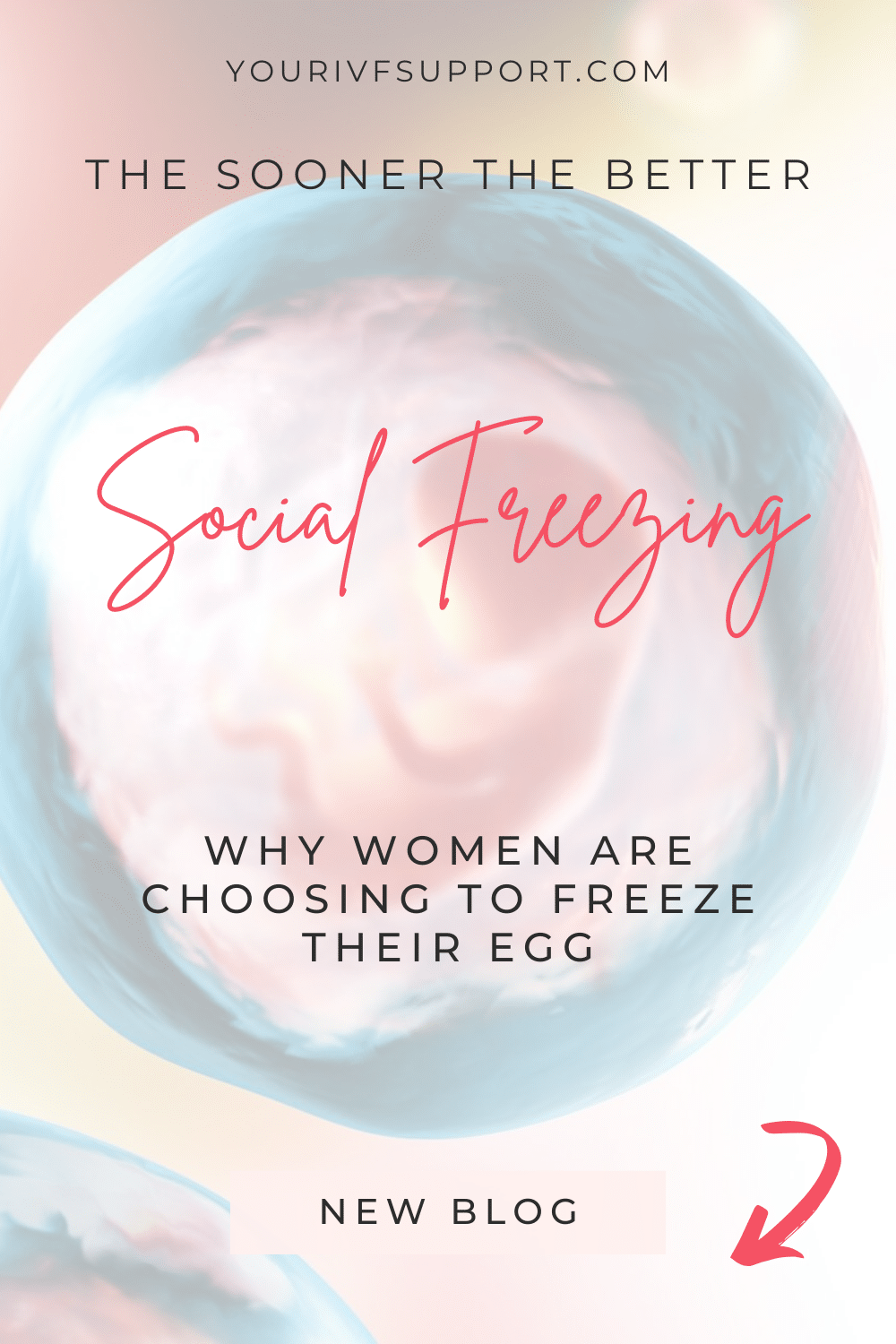
When is the best time to freeze eggs?
Most women are at their most fertile between the ages of 18 and 25. At this age, eggs are of high quality and therefore easier to fertilise. However, few women in their early twenties feel ready to get pregnant.
The problem is that by the age of 30, only 30 to 50 per cent of available eggs are still intact. For 40-year-olds, the figure is even less than 20 per cent.
The rule for social freezing is therefore: the earlier, the better.
However, many women do not think about family planning until they are in their thirties. Don't worry if this applies to you. Social freezing is possible up to the age of 35.
You can still retrieve your eggs at the age of 38. However, the chances of a successful pregnancy are likely to be much lower than if you had your eggs retrieved at a younger age.
Who is social freezing recommended for?
Don't you feel ready to become a mother for professional or personal reasons? Egg freezing could be an attractive alternative for you.
Social freezing is particularly recommended for women who
- are in long-term education and want to get a foothold in their career first
- Want to achieve their career goals before starting a family
- are still looking for a partner or are not currently in a stable relationship
- prefer flexible family planning
- Want to protect themselves against life's contingencies, such as illness.

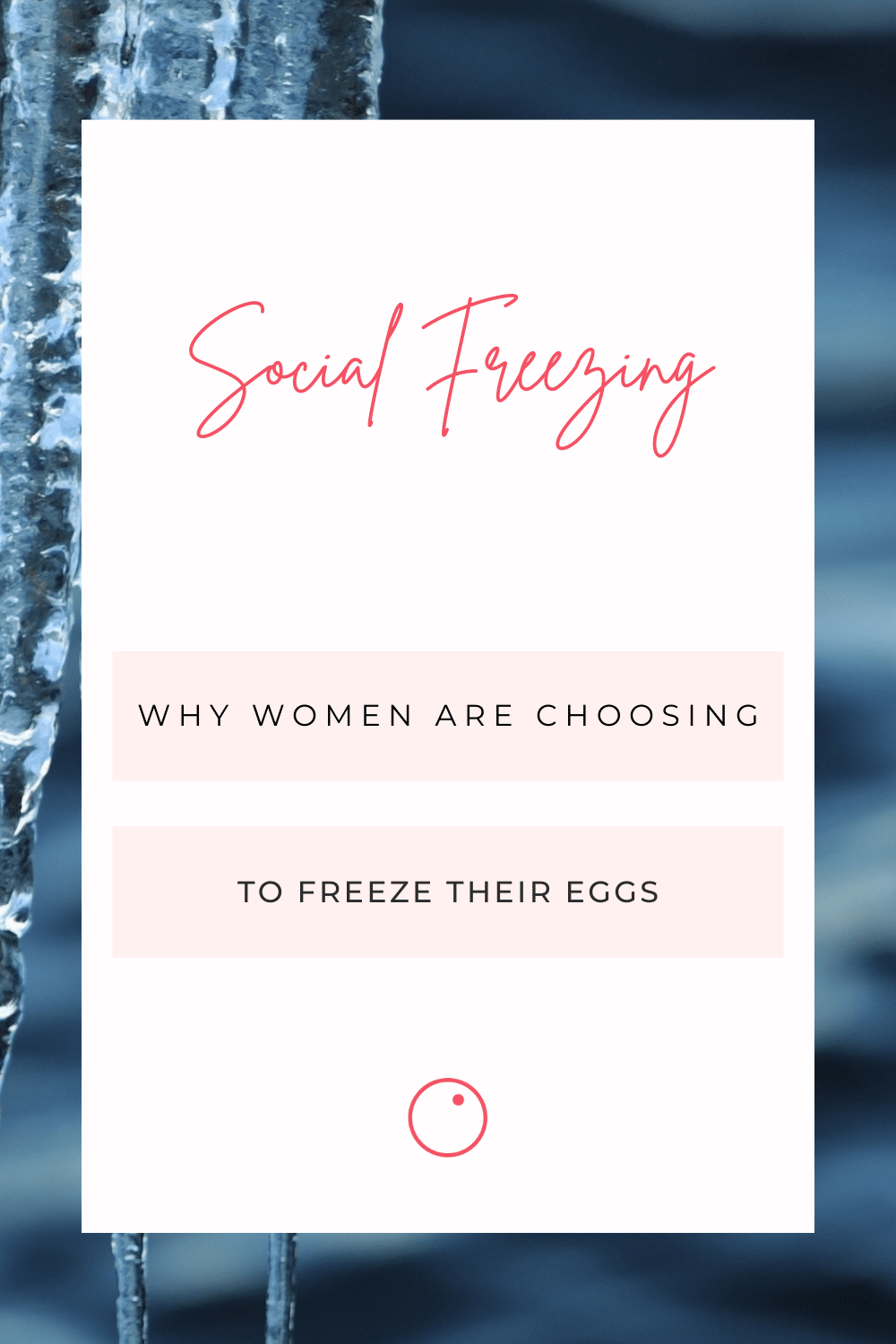
How does Social Freezing work?
The process of social freezing (followed by IVF) can be divided into 10 steps:
1. Personal consultation
During the initial consultation, you will be given the most important details of the treatment. You will learn about the exact procedure, possible side effects and the advantages and disadvantages of social freezing. Your personal suitability for this procedure will also be discussed.
2. Gynaecological examination
The next step is a gynaecological examination and blood tests. This is to check whether you are physically suitable for social freezing. In addition to your cycle, your current hormonal situation will also be assessed. Your AMH level is particularly important. This is the anti-Müllerian hormone and it tells us how many eggs you are capable of fertilising.
3. Stimulation treatment
If you have a hormonal imbalance, you will be advised to undergo hormone stimulation. Depending on your doctor's instructions, you will either take special tablets or inject yourself with a hormone preparation at regular intervals. Many doctors now also offer a one-off microinjection to help your eggs mature.
4. Ultrasound scan
After about 10 to 14 days, you will have an ultrasound scan. This is to find out how many follicles you have. This will help determine the right time to induce ovulation. If you have already ovulated, your doctor will give you a trigger injection.
5. Egg collection
One or two days later, the mature eggs are collected. You will be given a mild anaesthetic for the duration of the procedure. It usually takes 15 to 20 minutes to retrieve the eggs. There will be no visible scarring as egg collection is usually done through a vaginal follicle puncture.
In a follicular puncture, intact eggs are aspirated through the vagina using a thin needle. The whole procedure is monitored by ultrasound. As this is a minor procedure, it is usually done as an outpatient. This means that you can go home relatively soon after waking up. However, you should not drive after the procedure.
6. Freezing
Before freezing, biologists check which eggs are suitable for storage. This involves removing the outer layer of the eggs. This process is called denudation. The suitable eggs are then cooled to -196 degrees Celsius. Cooling in seconds and the use of cryoprotectants, a type of antifreeze, prevents the formation of ice crystals.
7. Storage
Frozen eggs can be stored for a long time in liquid nitrogen and secure boxes. In theory, they can be stored for several decades. However, the annual storage fee must be taken into account. In countries such as Switzerland, eggs cannot be stored for more than 5-10 years. In many other European countries there is no legal limit to the storage period.
8. Thawing
When the time is right for you to become pregnant, you can thaw a small number of eggs (3-5). Thanks to modern methods, more than 90% of eggs survive thawing. Unused eggs can be frozen for a later attempt or the next time you want to have a baby.
9. Fertilisation
If you have decided to freeze unfertilised eggs, they now need to be fertilised. Fertilisation is done by intracytoplasmic sperm injection, or ICSI. This involves carefully injecting your partner's or donor's sperm into the egg. The whole fertilisation process takes place in a glass (in vitro) and is therefore called in vitro fertilisation (IVF).
10. Insertion into the uterus
After 1 to 2 days in the incubator, the fertilised eggs are ready to be transferred to your womb. To ensure that conditions are perfect, you will be given hormones (usually progesterone) again before the embryo transfer. This will help the egg to attach to the lining of the womb. Several embryos (up to 3) can be transferred at the same time. However, this increases the risk of multiple pregnancy.
"The rule for social freezing is: the sooner the better."
What are the chances of getting pregnant?
Although social freezing increases the chances of getting pregnant later, it is not a 100% guarantee that you will have a baby. In general, however, the chances of getting pregnant are about the same as at the time of egg retrieval. This means that the sooner you decide to cryopreserve your eggs, the sooner you will be able to fulfil your desire to have a child in the future.
However, your chances of success depend not only on your age at the time of egg retrieval, but also on the number of eggs retrieved. On average, between 15 and 30 intact eggs are frozen during a social freezing. The more good quality eggs you have available later, the better your chances of becoming pregnant. If it doesn't work the first time, repeated attempts can help you to be happy as a mother.
What are the risks and side effects?
As with any medical treatment, there may be some side effects. In principle, egg retrieval and embryo transfer can be considered very safe. During hormone stimulation, you may experience mild discomfort such as dizziness, nausea and hot flushes. However, overstimulation syndrome is extremely rare.
As mentioned above, transferring more than one egg increases the chance of a multiple pregnancy. On the other hand, high-quality eggs reduce the risk of malformations or miscarriage. However, there is still an increased risk of high blood pressure and gestational diabetes in women over 35.
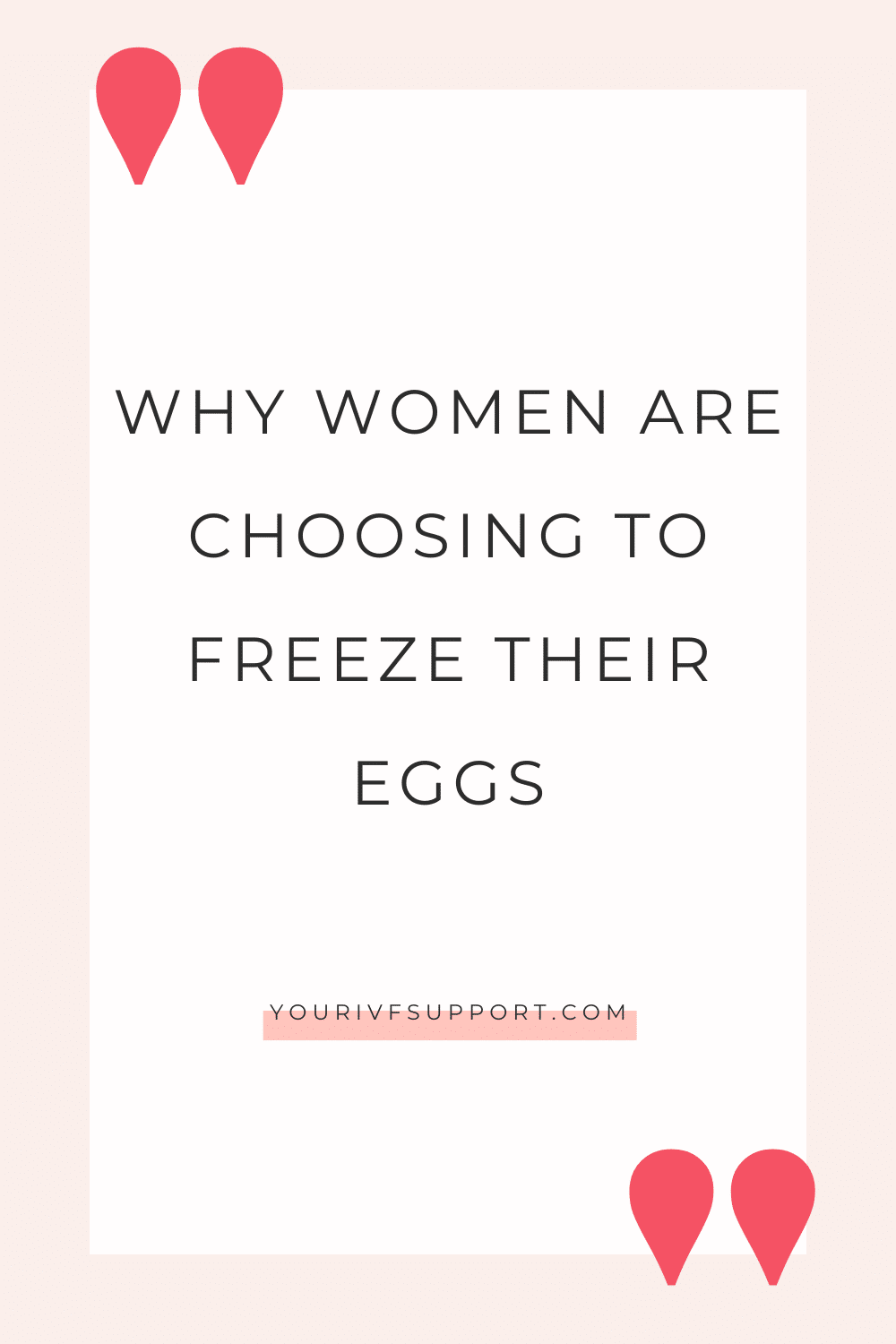
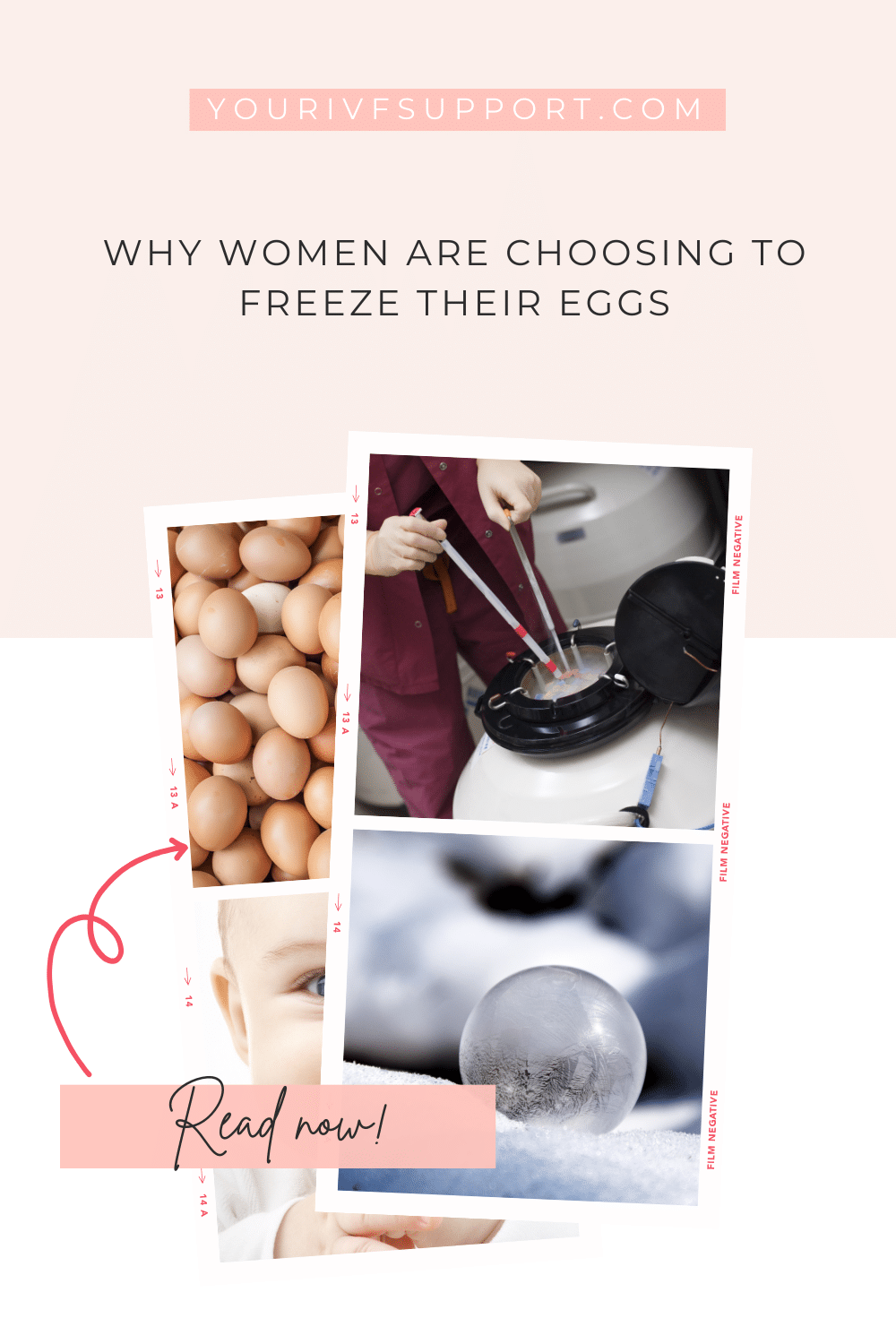
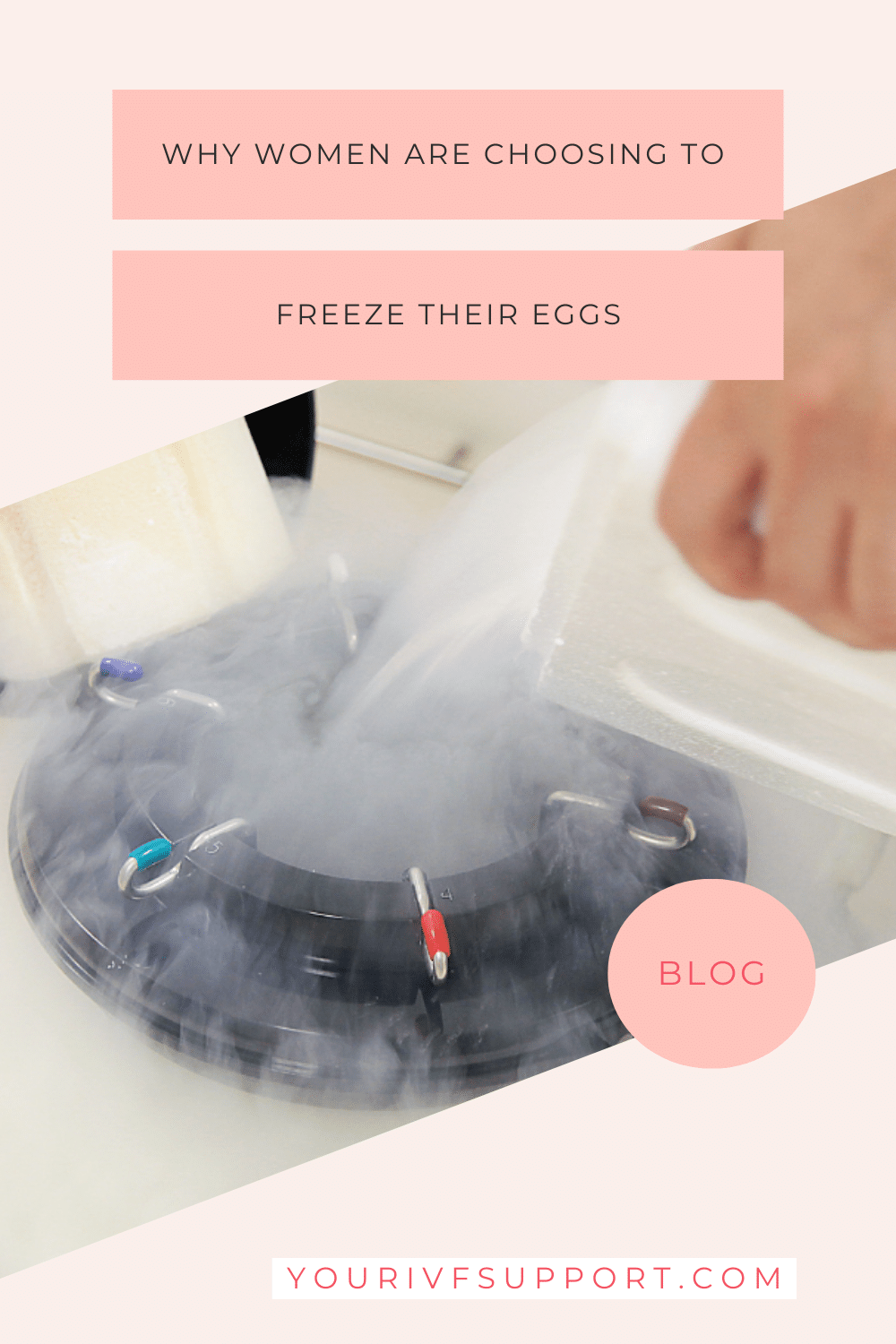
Where is social freezing allowed or available?
Social freezing has been offered for many years in many European countries, such as Spain, the Czech Republic and Germany. However, in some countries, such as Austria, Hungary and France, cryopreservation is only allowed if there is a medical indication. Examples include chemotherapy or oophorectomy.
If you are from Austria, for example, you will only be able to freeze your eggs as a precautionary measure abroad if it is not medically necessary. You should also be aware of the country's age limit for subsequent artificial insemination. This is usually between 45 and 50 years of age. There is no legal age limit in Northern Cyprus. However, it is not advisable for women over 50 to become pregnant here.
If you are single and live in a country where single or lesbian motherhood is not allowed, you can have your eggs sent to another country. The clinics work with companies that specialise in transporting eggs, sperm and frozen embryos.
